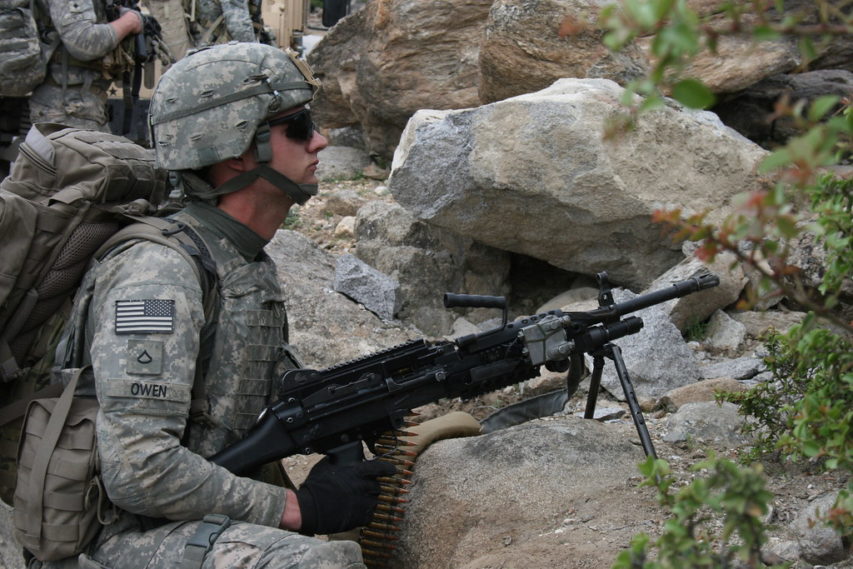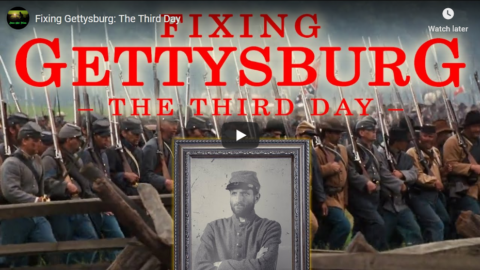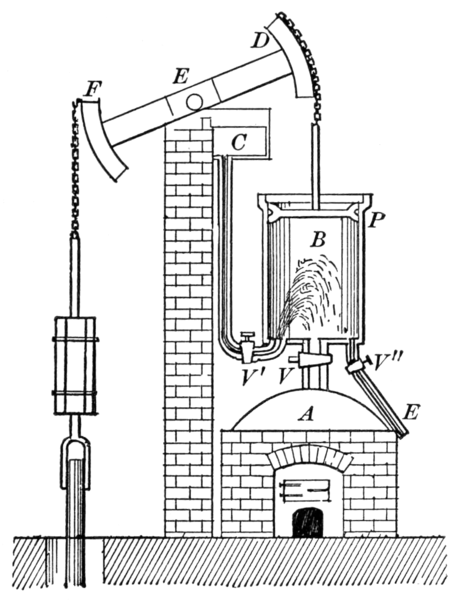World War Two
Published 2 Jul 2020When WWII breaks out many parts of the world are still missing population-wide healthcare. The pressure of the war deteriorates healthcare services even further. By 1941, both the British Commonwealth and Germany are facing an outright healthcare crisis on the home front.
Join us on Patreon: https://www.patreon.com/TimeGhostHistory
Or join The TimeGhost Army directly at: https://timeghost.tvFollow WW2 day by day on Instagram @World_war_two_realtime https://www.instagram.com/world_war_two_realtime
Between 2 Wars: https://www.youtube.com/playlist?list…
Source list: http://bit.ly/WW2sourcesHosted by: Anna Deinhard
Written by: Fiona Rachel Fischer and Spartacus Olsson
Director: Astrid Deinhard
Producers: Astrid Deinhard and Spartacus Olsson
Executive Producers: Astrid Deinhard, Indy Neidell, Spartacus Olsson, Bodo Rittenauer
Creative Producer: Joram Appel
Post-Production Director: Wieke Kapteijns
Research by: Fiona Rachel Fischer
Edited by: Mikołaj Cackowski
Sound design: Marek Kamiński
Map animations: Eastory (https://www.youtube.com/c/eastory)Sources:
IWM D 2373, D 2318, B 14299, D 2315, D 2078, D 14318, D 2334
Narodowe Archiwum Cyfrowe
Bundesarchiv
Wellcome Images no. L0028759
From the Noun Project: london by Pablo Fernández Vallejo, Patient by Miho Suzuki-Robinson, Patient by Binpodo, Doctor by Wilson Joseph, Hospital by Hare Krishna, School by David, Apartment by Victoruler, Bus by Eucalyp
University of Liverpool Faculty of Health & Life SciencesSoundtracks from the Epidemic Sound:
Farrell Wooten – “Blunt Object”
Johannes Bornlof – “Deviation In Time”
Skrya – “First Responders”
Gunnar Johnsen – “Not Safe Yet”
Johannes Bornlof – “The Inspector 4”
Jon Bjork – “For the Many”
Reynard Seidel – “Deflection”
Rannar Sillard – “March Of The Brave 4”
Cobby Costa – “From the Past”
Fabien Tell – “Last Point of Safe Return”
Cobby Costa – “Flight Path”
Andreas Jamsheree – “Guilty Shadows 4”
Jo Wandrini – “Puzzle of Complexity”Archive by Screenocean/Reuters https://www.screenocean.com.
A TimeGhost chronological documentary produced by OnLion Entertainment GmbH.
From the comments:
World War Two
2 days ago (edited)
It might be surprising that the global healthcare crisis of 2020 has an immediate relationship to WW2, but it does. Although, when you look at it, it’s logical — with every crisis humanity learns a little — it was still a little bit of a surprise to us how direct this relationship was when researching and writing this episode. Was it surprising to you too?On the topic of writing, this is the first episode by our new co-writer, Fiona Rachel Fischer, who will now be a regular contributor to the On the Homefront series — please give her a warm welcome.



















